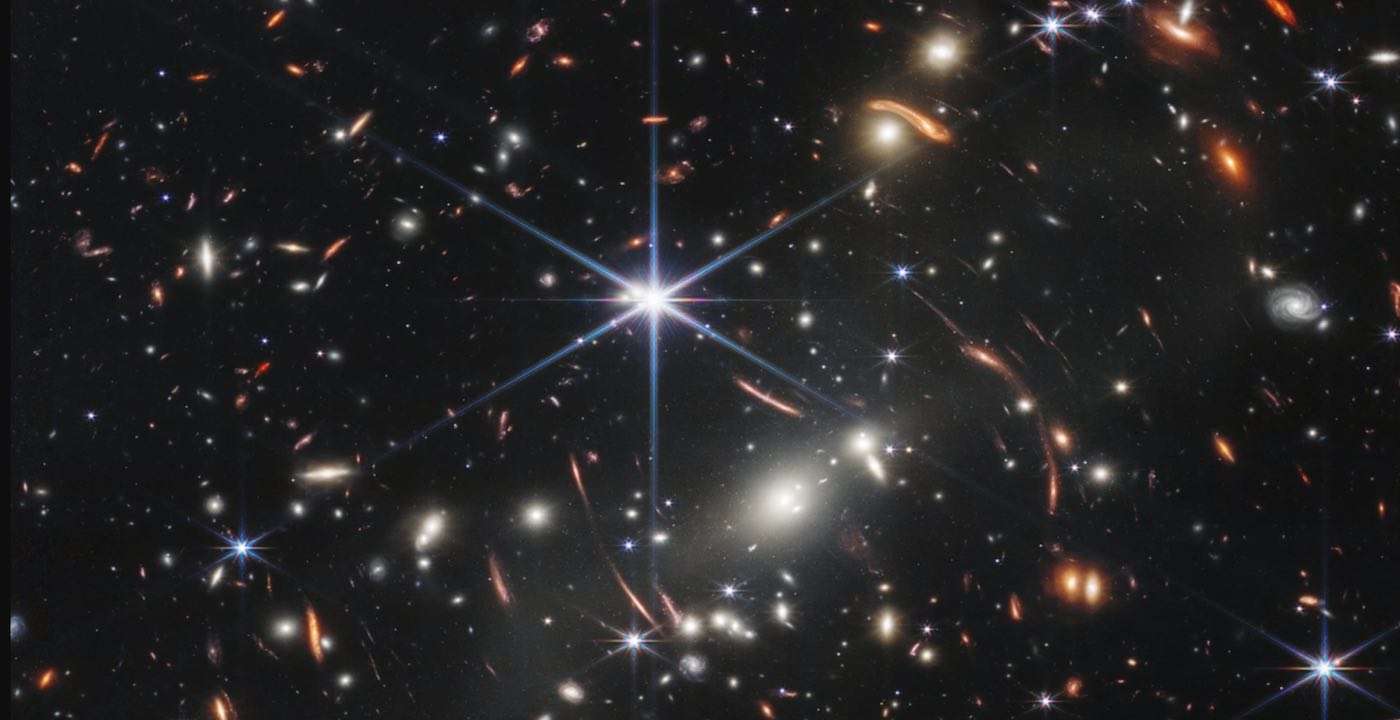Huge Gas Bubble is Circling the Only Massive Black Hole in Our Galaxy-at 1/3 the Speed of Light
The observations suggest that not only can these gas bubbles be imaged in X-ray and infrared wavelengths, but also radio waves.

Take a brief trip through the galaxy with a video released by the European Space Agency of their phenomenal new telescope.
Consisting of dozens of individual images that make it look like you're using the telescope's zoom feature, a 1-minute video shows the exact position of the Southern Ring Nebula in the galaxy.
In the opening salvo of images from the James Webb Space Telescope, a blue circle surrounded by radiating red and orange gases flew around the internet in celebration of the telescope's achievements.
This bright star at the center of NGC 3132, which while prominent and beautiful when viewed by Webb in near-infrared light, plays merely a supporting role in sculpting the surrounding Southern Ring Nebula.
A second star, barely visible at lower left along one of the bright star's diffraction spikes, is the nebula's actual source. It has ejected at least eight layers of gas and dust over thousands of years.
Data from Webb's Near-Infrared Camera (NIRCam) were used to make this extremely detailed image. It is teeming with scientific information, and research will begin following its release.
It's okay to feel overwhelmed by concept of scale in the video. Webb's primary mission time of ten years will see it overlap with several other remarkably advanced, and complimentary space telescopes which promise the late 2020s and early 2030s to present the finest images and conclusions about the universe and our place therein in human history.
WATCH the ESA video below…
PASS The Telescope Over To Your Friends On Social Media…
Be the first to comment